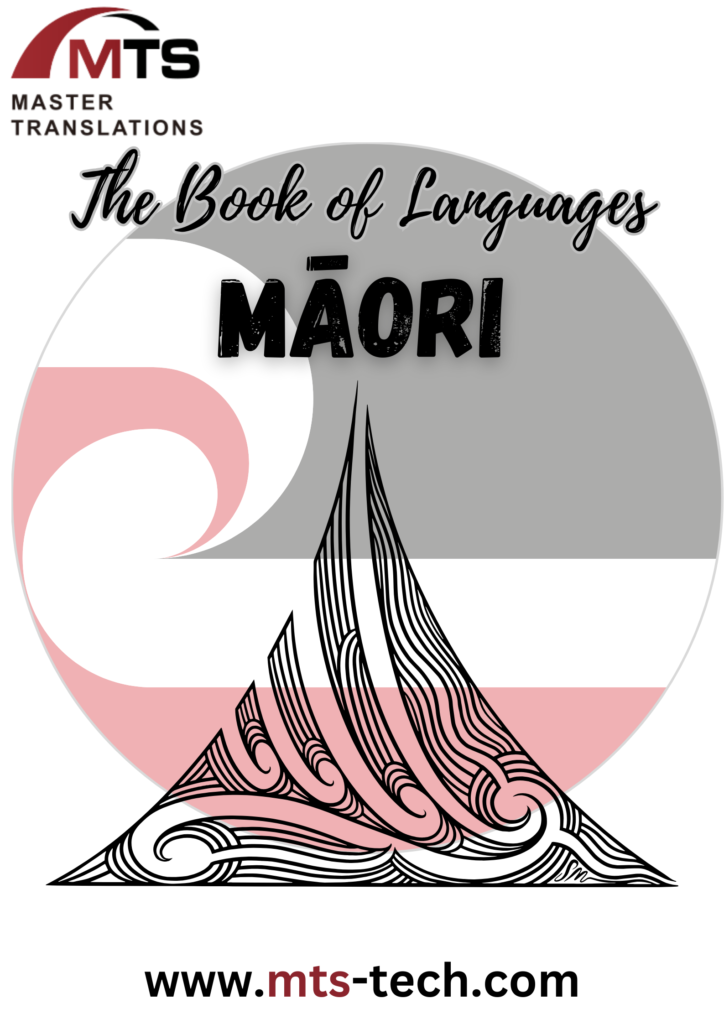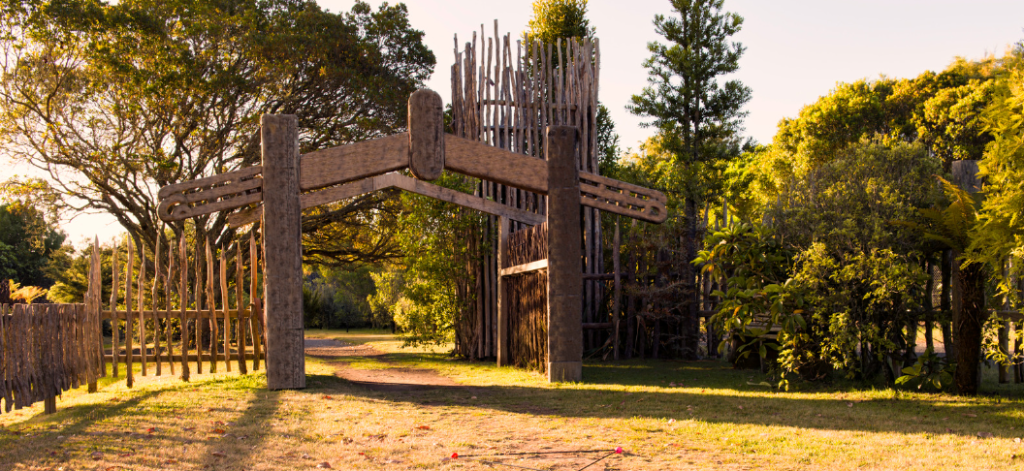
In the lush landscapes of Aotearoa (New Zealand), the Māori language, known as te reo Māori, resonates with historical and cultural significance. As one of the official languages of New Zealand, te reo Māori holds a place of pride and importance in the nation’s cultural spectrum. It belongs to the Eastern Polynesian branch of the Austronesian language family, connecting the Māori people to their ancestral homelands across the vast Pacific Ocean.

The history of te reo Māori began with the Polynesian settlers who journeyed to New Zealand approximately 700 years ago. This language, rich in oral tradition, has been the vehicle for passing down legends, songs, and history through generations. However, the arrival of Europeans in the 19th century marked the beginning of a decline in its use, as English became predominant. The 20th century witnessed a gradual erosion of te reo Māori, prompting fears of its possible extinction. Fortunately, recent decades have seen a revitalization movement, with efforts focused on preserving and promoting the language across New Zealand.
Te reo Māori is full of words that embody the essence of Māori culture and worldview. “Whānau,” meaning family, extends to include wider community and social networks than first relatives, reflecting the collectivist ethos of Māori society. “Mana,” a term signifying authority, respect, and spiritual power, is central to understanding social relationships and cultural practices. “Kaitiakitanga,” meaning guardianship or stewardship, is crucial in expressing the Māori relationship with the environment and their role in its preservation.
The Māori language is notable for its distinctive features. It has a relatively small phonetic inventory, with 15 distinctive sounds, contributing to its clarity and rhythmic quality. Te reo Māori is also characterized by its polysynthetic nature, forming words and sentences by combining roots and affixes. The language employs reduplication for emphasis and to indicate plurality or intensity. Moreover, Māori is an oral language at its core, with a strong emphasis on correct pronunciation and the use of proverbs and idiomatic expressions.


Te reo Māori is inseparable from New Zealand’s artistic and cultural expressions. It plays a central role in traditional Māori performing arts like the haka, a ceremonial dance, and waiata, traditional songs. These art forms are not merely performances; they are living narratives that convey historical events, genealogies, and cultural values. Te reo Māori also permeates contemporary New Zealand music, film, and literature, serving as a powerful medium for expressing Māori identity and perspectives.
The revitalization of te reo Māori has been a significant focus in New Zealand, with various strategies and initiatives implemented. Educational programs, such as Kōhanga Reo (language nests) and Kura Kaupapa Māori (Māori-medium schools), play a pivotal role in nurturing the language among young Māori. Additionally, adult education courses and immersion programs have been increasingly popular, catering to both Māori and non-Māori learners. Media in te reo Māori, including television, radio, and digital platforms, has also contributed to its accessibility and popularity. Government support and societal recognition have been instrumental in elevating the status of te reo Māori, moving it towards normalization in everyday life in New Zealand.
